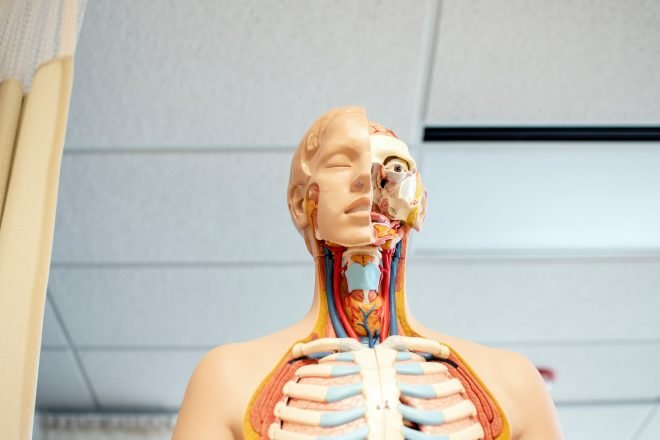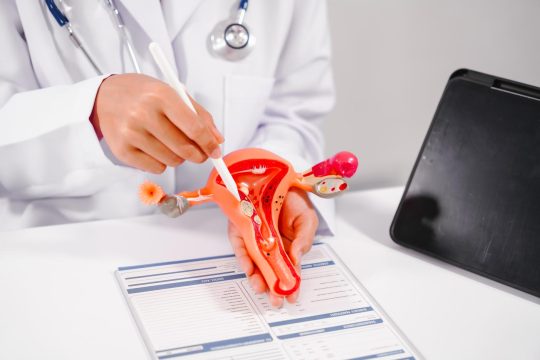Advertisment
New insights into HL biology

Deepening understanding of the biology of Reed-Sternberg cells in Hodgkin’s lymphoma (HL) and how it relates to therapy could help predict response to PD-1 inhibition.
Article by Thomas R Collins.
In research presented at ASH1, investigators assessed alterations to the 9p24.1 gene and expression of PD-L1, Beta-2 microglobulin (B2M), MHC Class I and MHC Class II, using the tumour biopsies of patients with relapsed/refractory classic HL patients who received the PD-1-blocker nivolumab in the CheckMate 205 trial. Before being entered into the trial, all the patients had received autologous stem cell transplantation and brentuximab vedotin.
Among the 97 biopsies that were able to be evaluated, they found a significant association between the magnitude of 9p24.1 copy gain and PD-L1 expression on R-S cells (p<.001). Patients who did not respond to nivolumab had a significantly lower magnitude of 9p24.1 alterations and PD-L1 expression, while a higher degree of alterations and expression was linked with longer progression-free survival.
Professor Margaret Schipp, MD, director of the lymphoma program at Dana-Farber Cancer Institute, said the findings help solidify the logic behind PD-L1 therapy as initial treatment in HL.
“We know that advanced stage disease is associated with inferior outcome to standard induction therapy, that 9p24 amplification is associated with an unfavorable outcome to standard induction therapy, that the 9p24 amplification is more common in advanced-stage patients, and that more favorable responses to PD-1 blockade in Hodgkin’s lymphoma, may occur in patients with higher level alterations,” she said. “So, these observations really form the basis of the rationale of looking at the combination of nivolumab and AVD (doxorubicin-vinblastine-dacarbazine) as induction therapy in patients with advanced stage and stage II bulky disease.”
Even more revealing, of the 72 patients with evaluable biopsies for B2M, MHC I and MHC II expression, 11 of the 12 patients who achieved a complete response had tumours that were negative for B2M and MHC I. Also, PFS was unrelated to B2M or MHC I expression
On the other hand, 11 of the 12 patients with a CR had tumors with membranous MHC II expression on the cells. This expression wasn’t related to PFS, but researchers attributed this to differences in the tumour microenvironment at the time of biopsy and at study entry.
The MHC findings, she said, are “fairly convincing data to suggest that the mechanism of action of PD-1 blockade in Hodgkin’s lymphoma is unlikely to depend in a major way on MHC Class I-mediated antigen presentation.”
An even deeper dive has shown that there seems to be a careful arrangement of the environment around the Reed-Sternberg cells that could help tailor future research and treatment. PD-L1-positive R-S cells, researchers have found, are in close proximity to PD-L1-positive tumor-associated macrophages — a kind of “castle and moat” — while PD-L1-negative, tumor-associated macrophages remain at a distance.
“This really suggests there’s local organization of the tumor microenvironment,” Professor Schipp said, “and that there’s a local zone of immune evasion.”
References
- Roemer M, Ansell S, Younes A, et al. Expression of Major Histocompatibility Complex (MHC) Class I, but Not MHC Class I, Predicts Outcome in Patients with Classical Hodgkin Lymphoma (cHL) Treated with Nivolumab (Programmed Death-1 [PD-1] Blockade). Abstract 1450. Presented December 9, 2017. Annual Meeting of the American Society of Hematology. Atlanta, Georgia.





